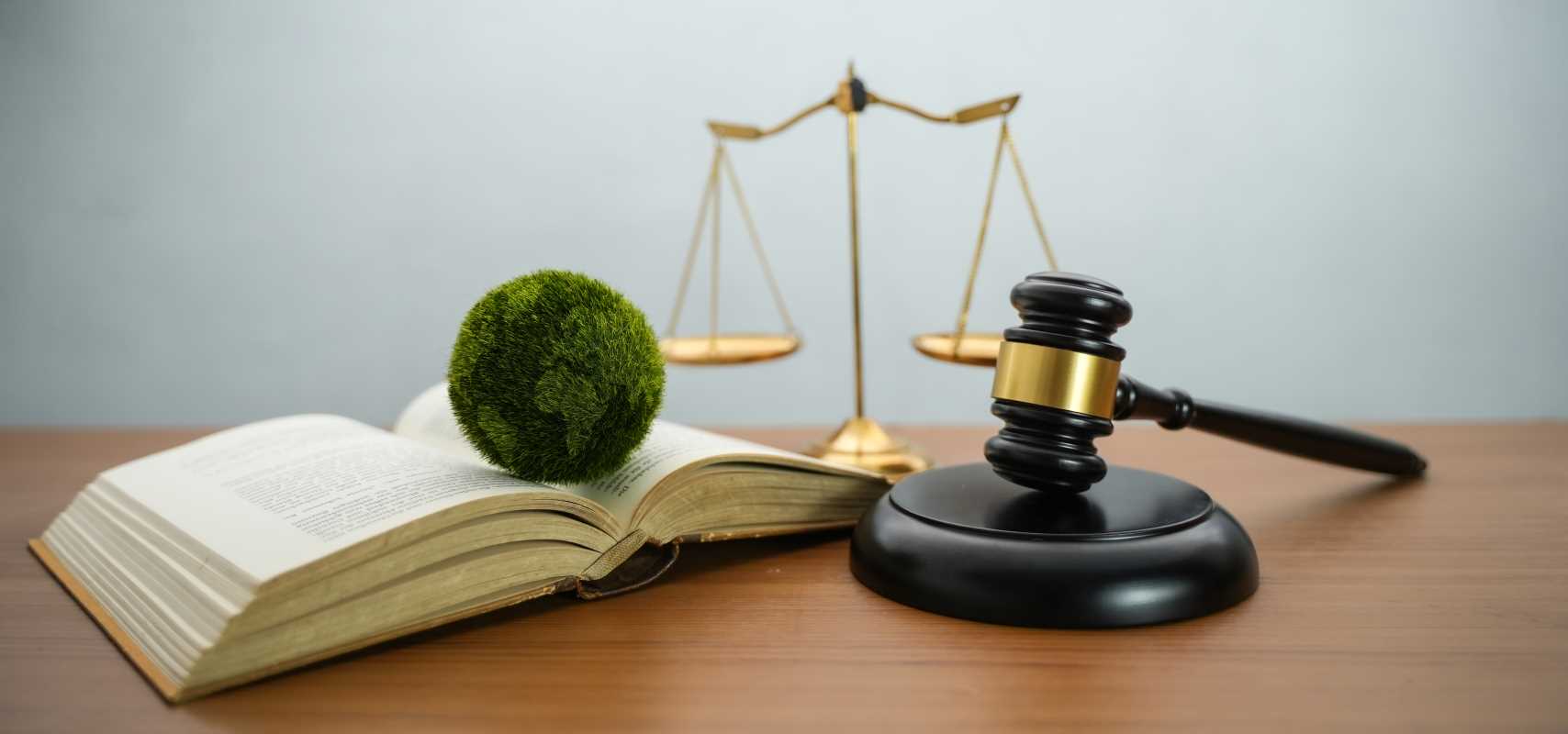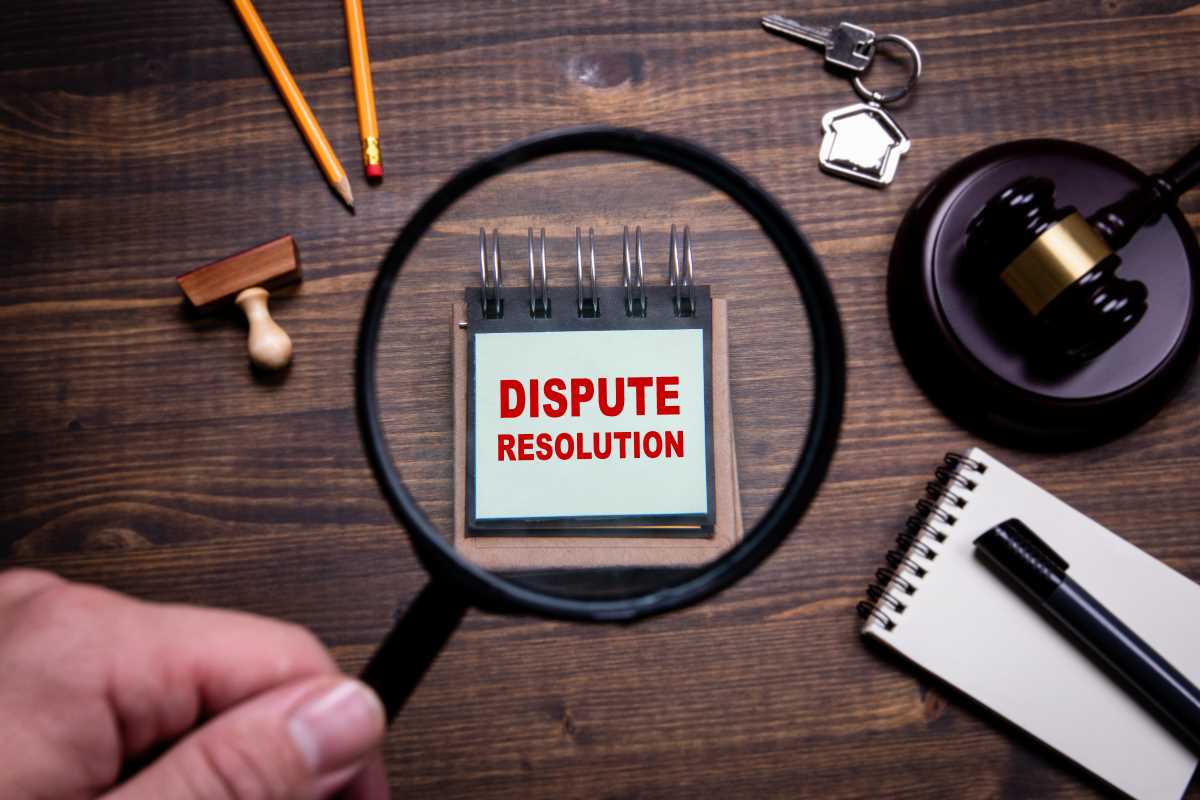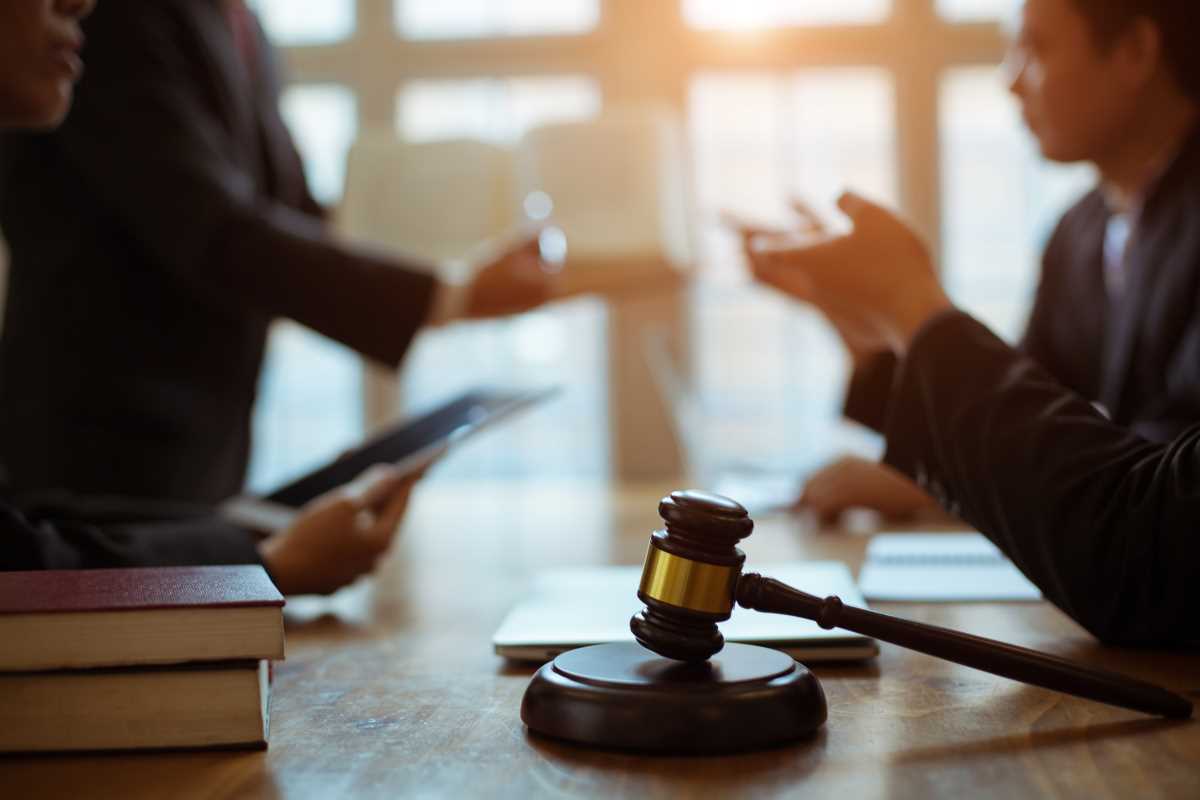Creating content as a creative individual is an exciting process, but it also comes with its own set of challenges, particularly when navigating the complexities of copyright law. Understanding the intricacies of copyright is crucial in protecting your work from unauthorized use, ensuring that you retain control over how your creations are shared, credited, and monetized. Whether you're an artist, writer, musician, or designer, knowledge of copyright law helps you safeguard your intellectual property and ensures you're properly credited and compensated. This guide provides essential insights into copyright law, offering valuable tips for protecting your creative works and securing your rights.
Understanding Copyright Basics
Copyright is a legal right that grants the creator of an original work exclusive rights to its use and distribution. These rights typically include the right to reproduce the work, create derivative works, and distribute copies of the work to the public. Copyright protection applies automatically once a work is created and fixed in a tangible medium, such as writing, music, or art. This means you don’t have to register your work to obtain copyright protection; it’s granted when your creation takes shape in a tangible form. However, formal registration can offer additional legal benefits, particularly if you ever need to enforce your rights in court.
What Can Be Copyrighted?
Copyright applies to various creative works, including literary works, music, paintings, sculptures, photographs, films, and even computer software. However, ideas, facts, and methods are not copyrightable—only the unique expression of those ideas is protected. For example, the concept of a superhero isn’t copyrightable, but a comic book's specific depiction, storyline, and dialogue are.
Protecting Your Creative Work
To protect your creative work, consider marking it with the copyright symbol (©), your name, and the year of creation. While this step is not mandatory, it is a clear indicator of ownership and can deter potential infringers. Additionally, registering your work with the U.S. Copyright Office (or the equivalent in your country) provides a public record of your claim. It allows you to seek statutory damages and attorney's fees if your work is infringed.
In today’s digital age, keeping records of the creation process, such as drafts, timestamps, or raw files, is also wise. These records can serve as evidence of authorship in case your work is challenged. Watermarks can provide another layer of protection for visual artists for online images, though they are not a foolproof solution.
Reasons to Copyright Your Work:
- Legal Protection: Copyright gives you exclusive rights over your work, protecting it from being used without your consent.
- Control Over Distribution: It allows you to decide how, where, and when your work is published or shared.
- Prevention of Unauthorized Use: Copyrighting your work discourages others from copying, distributing, or using it without permission.
- Potential for Revenue: You can license or sell your copyrighted material, generating income from your creative efforts.
- Enhanced Professional Reputation: Protecting your work shows professionalism and establishes you as a serious creator in your industry.
- Claim to Originality: It ensures you’re recognized as the original creator of your work, preserving your artistic legacy.
- Legal Recourse: If someone infringes on your copyright, you can take legal action to recover damages or stop unauthorized use.
- Global Recognition: Copyrighted works are protected internationally through agreements like the Berne Convention, expanding your rights beyond borders.
- Attracting Partnerships: Copyrighted work holds more value and can attract collaborators or industry opportunities.
- Peace of Mind: Knowing your creations are legally protected allows you to focus more freely on your craft.
Fair Use Doctrine
The fair use doctrine allows for the limited use of copyrighted material without permission for purposes such as criticism, comment, news reporting, teaching, scholarship, or research. For instance, a book reviewer may quote a few lines from a novel, or an educator might use portions of a movie for classroom instruction. However, fair use is determined on a case-by-case basis. It considers factors such as the purpose and character of the use, the nature of the copyrighted work, the amount used, and the potential impact on the market for the original work.
Understanding these principles is essential for creatives who plan to incorporate elements of other works into their creations. Misinterpreting fair use can lead to legal disputes, so when in doubt, consult an intellectual property expert or err on the side of caution.
Licensing Your Work
Licensing your work allows others to use it under specific conditions while you retain ownership. This can be an excellent way to monetize your creations. For example, a musician might license a song for use in a commercial, or a photographer might license an image for editorial use. Creative Commons licenses are a popular option for creators who want to allow certain uses of their work while maintaining some rights. These licenses range from “free to use with attribution” to more restrictive options like “no commercial use” or “no derivative works.”
Enforcing Your Copyright
If someone uses your work without permission, you have several options to enforce your copyright. Start by documenting the infringement and gathering evidence, such as screenshots or links. In many cases, a cease-and-desist letter can resolve the issue. This formal notice informs the infringer of your rights and demands they stop the unauthorized use.
If the issue persists, you may need to escalate to legal action. Consulting with an intellectual property attorney can help you assess your case and determine the best action. Legal remedies may include pursuing damages, covering lost profits, statutory damages, or attorney’s fees.
Collaborating with Other Creatives
When working with collaborators, establish clear agreements about copyright ownership. For example, book co-authors or music songwriters should decide whether rights are shared equally or assigned differently. Written contracts can help avoid disputes and clarify who retains control over derivative works or licensing.
In conclusion, navigating the complexities of copyright law as a creative individual may seem daunting, but understanding its principles is vital to protecting your creative work. By safeguarding your creations, leveraging licensing opportunities, and enforcing your rights when necessary, you can ensure that your efforts are credited and compensated appropriately. Whether you are an artist, writer, musician, or filmmaker, staying informed empowers you to share your unique vision with the world while retaining control over your intellectual property.
 (Image via
(Image via





